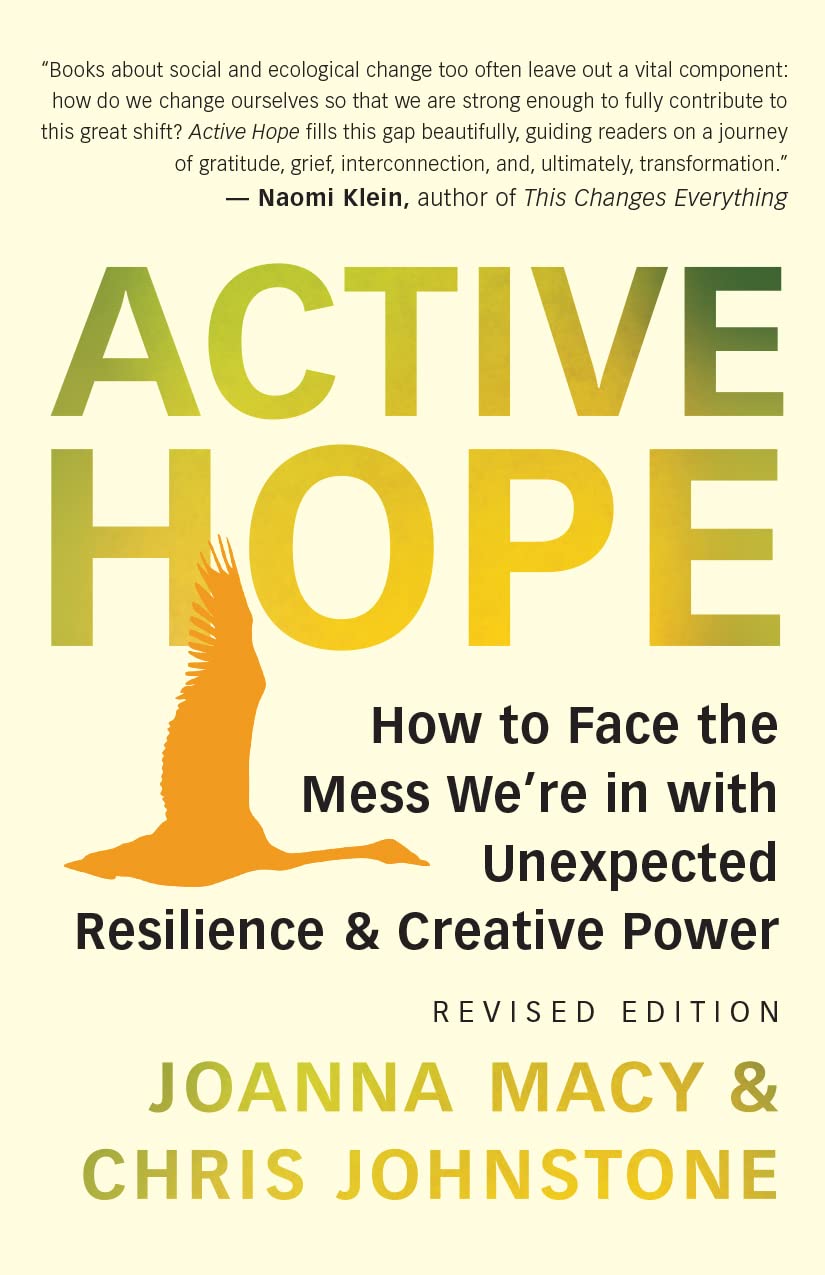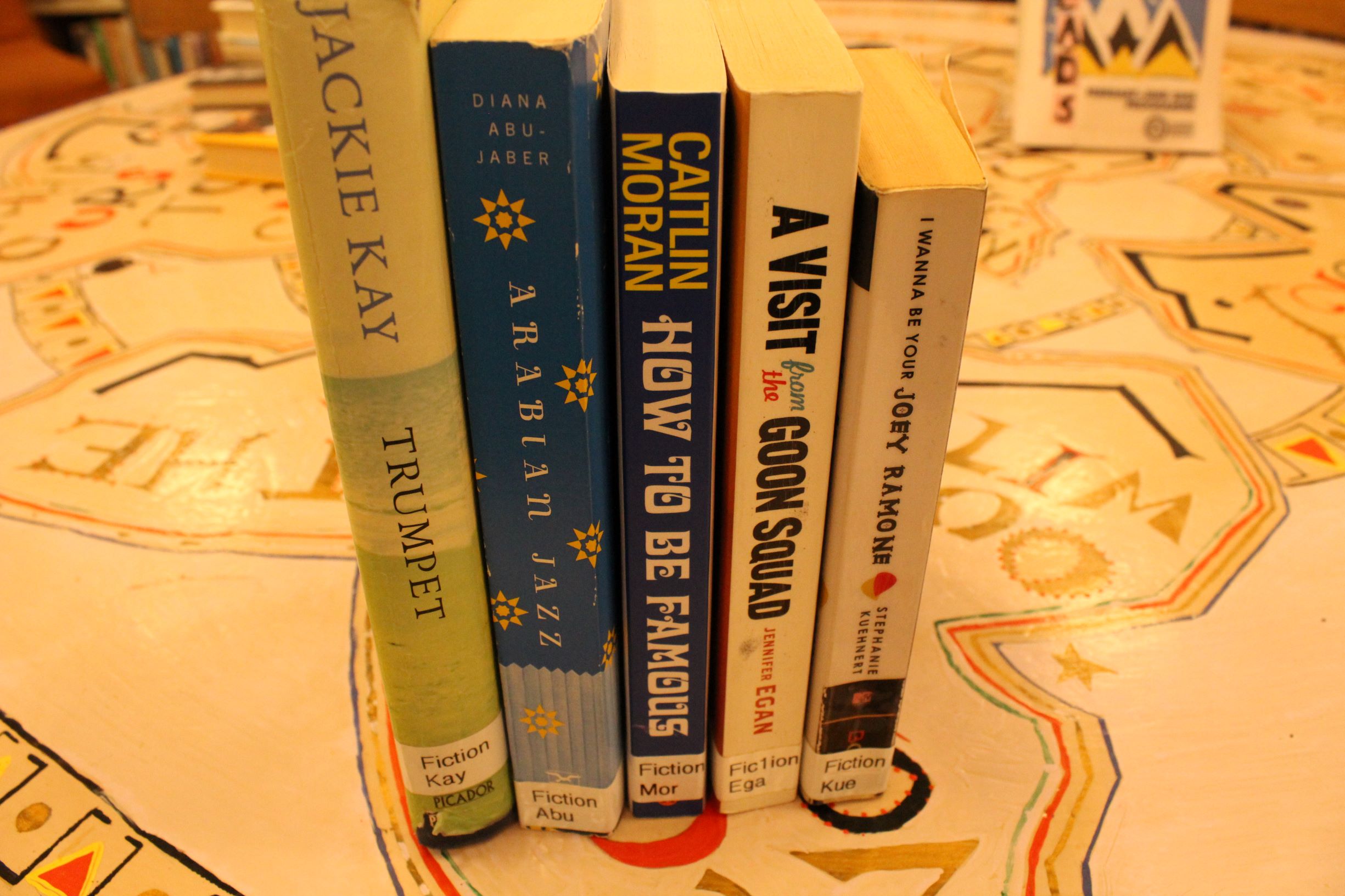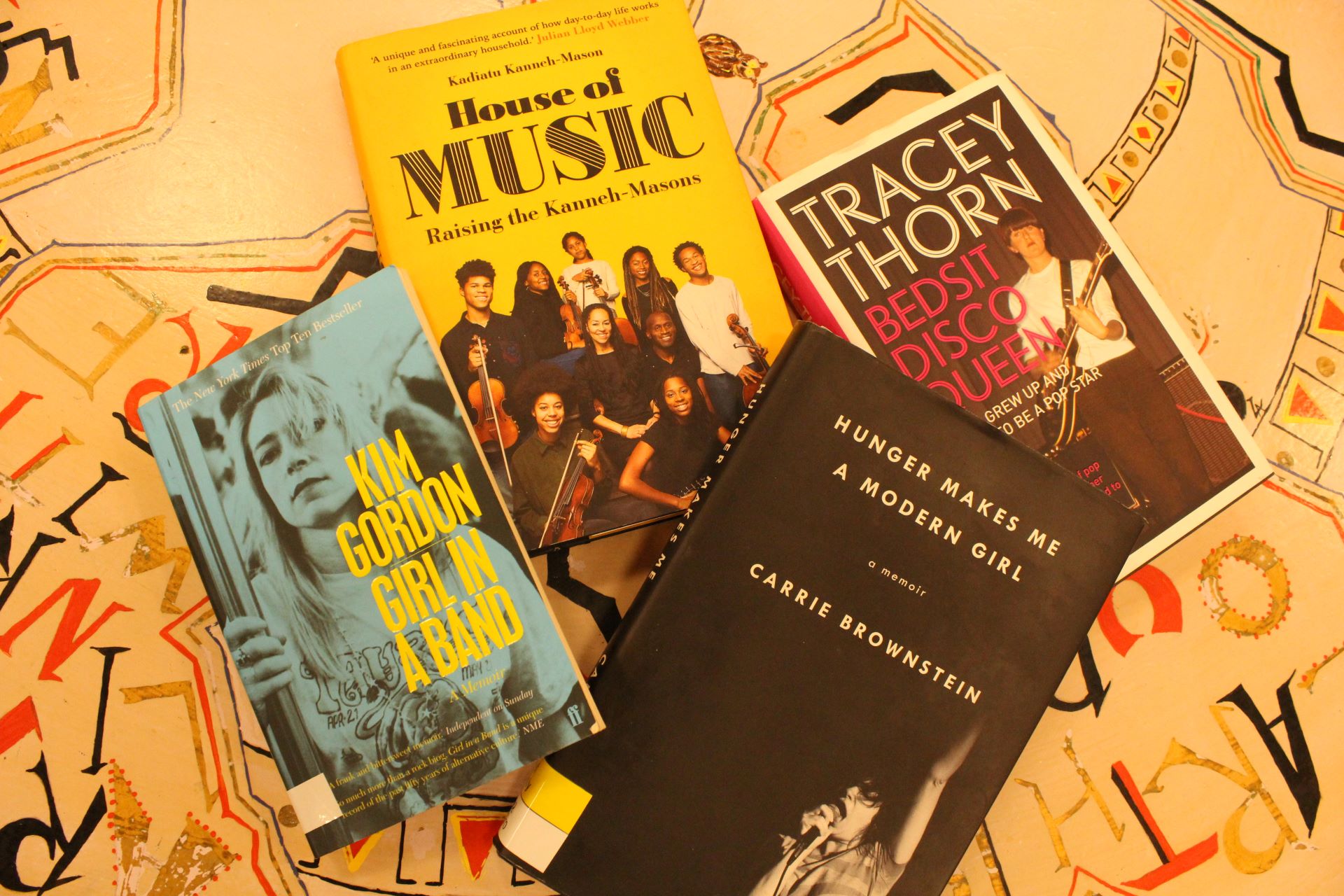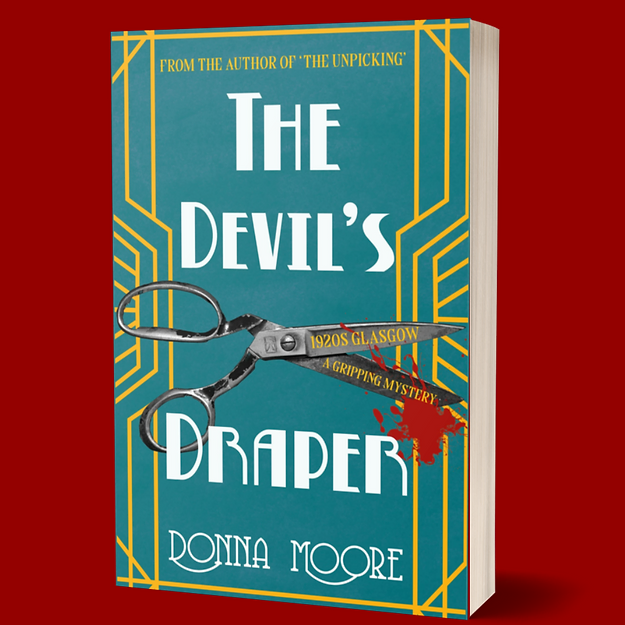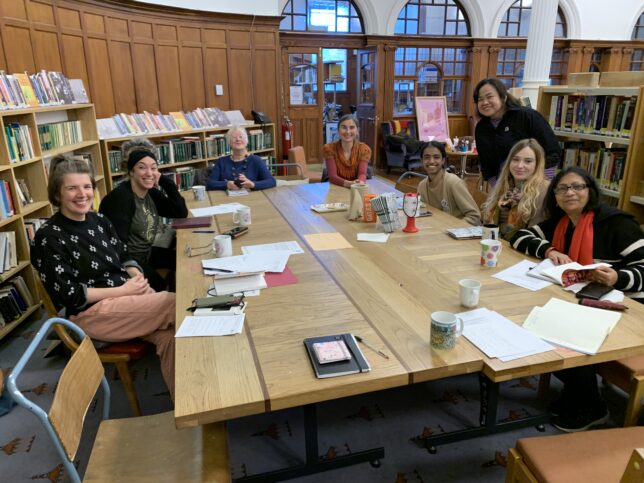Hannah recommends:
GENERATION: 25 years of contemporary art in Scotland edited by Moira Jeffrey
These books stand to give a legacy to GENERATION, and will be a well-thumbed volume in my bookshelf. They are the written accompaniment to the series of exhibitions happening across Scotland this year, charting the past 25 years of art in Scotland. The Guide offers a page of information on each artist and project included in a GENERATION exhibition along with details of artist-run spaces in Scotland and a map of exhibition locations. It provides a helpful introduction to all artists and projects included in the exhibition, and I think will become the first point of call for many people interested in particular artists. It is well-illustrated and easy to navigate.
The Reader is a collection of artists’ statements, memoirs and essays written during the period or commissioned for the publication. As a whole, they move towards putting this phenomenally successful period into history. It has a good mix of historical documents and contemporary reflections. Those written ‘in the moment’ give the present (and future) reader insight into history as it was occurring. Apart from their considerable informative use, they are very enjoyable to read. The strong voices of many writers – the protagonists of this history – hold their own amongst other accounts and later revisions. Ross Sinclair’s piece from the Windfall ’91 catalogue is polemical and ambitious; of its time and indicative of the high spirits surrounding the emergence of this group of artists. Adele Patrick’s rigorous critique of the male-dominated art school environment from 1997 provides a useful context to the Castlemilk Womanhouse exhibition as well as to the situation of many of the women artists practicing in the 1980s and 1990s who are included in the programme. Its reprinting within this collection of essays gives much-needed ‘mainstream’ attention to feminist polemics which were significant both locally and on a wider scale in the period, many of which were conducted in under-documented or ephemeral publications and events. This theme recurs through the book; it is apparent not only in the proportion of women in the catalogue (my count is 52 men and 38 women) but in the inclusion of Patrick’s piece, extracts from the Studio 58 exhibition and the Castlemilk Womanhouse project. The introduction to Patrick’s piece is right to point out that it is partly due to Patrick’s and Women in Profile’s activism that so many women have risen to prominence in the arts during this period.
The commissioned texts are lively and informative, coming from a range of writers who were themselves involved in the period. This is an interesting difference from many histories written after the fact, as they are personal accounts and take various forms. Andrew Patrizio’s text is personal (a “‘contaminated’ witness statement”) but also a good historical reference, as it is supported with extensive footnotes of often little-known sources. Writer and former curator Nicola White’s palimpsests of her events and encounters are very engaging. The downside of commissioning people closely affiliated with the histories at hand is that the tone sometimes veers towards the nostalgic and uncritical. However, I don’t want to overstate the point as it results in an absorbing integration of memoir and record.

